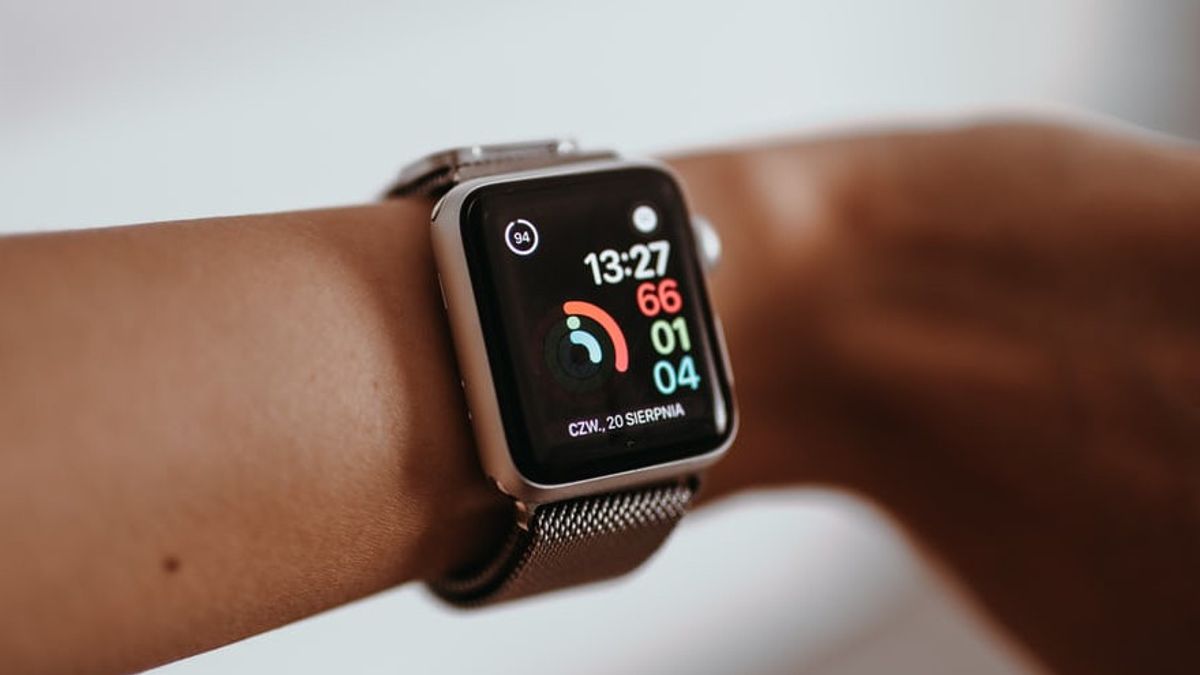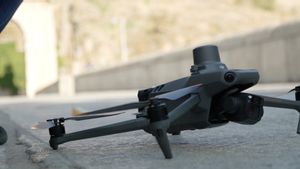JAKARTA - The blood pressure tracking feature that Apple Watch users have been waiting for is about to materialize. The company is claimed to be in the testing phase.
Taking Rockley Photonics as a sensor maker, Apple has carried out initial tests of photonic-based sensors. The sensor can measure blood pressure non-invasively when worn on the wrist.
"Following the success of our recent core body temperature study, the results of our pilot blood pressure study using wrist-based measurements are very encouraging," said Rockley Senior Vice President of Product Engineering, Dr. Hooman Abediasl.
"This positive result is a major step forward in validating our sensing solution and its ability to deliver robust multi-biomarker functionality in a highly manufactureable wearable form factor."
The trials were carried out using a laser-based approach and advanced algorithms. The signal generated by the sensor is compared with the simultaneously generated signal and location by a ready-made photoplethysmography (PPG) module.
Launching ZDNet, Tuesday, January 25, PPG is the same technology used by most wearables today. Signals from photonic sensors provide a stronger correlation with control blood pressure readings from blood pressure devices than standard PPG signals.
Other smartwatches, such as the Samsung Galaxy Watch 3, can detect blood pressure using the PPG optical sensor to take a reading. However, this method still requires calibration of the blood pressure device.
The addition of a blood pressure sensor on the Apple Watch will be significant because people don't have to use complicated blood pressure devices. In exchange, they will be able to use the devices they already own and wear every day.
While Apple Watch already has a lot of health-sensing capabilities, including detecting arrhythmias in the heart that can lead to diagnoses such as atrial fibrillation, the company's ambition is to bring even more sensors.
Currently, Apple Watch can only detect heart rate, but blood pressure detection will add greater accuracy to the user's overall health status.
According to a Wall Street Journal report in September last year, the tech giant plans to add more sensor capabilities to future Apple Watch models.
These include sensors that can detect sleep apnea, help obtain medical guidance when low blood oxygen levels are detected, determine fertility, and more ambitiously, detect diabetes.
The English, Chinese, Japanese, Arabic, and French versions are automatically generated by the AI. So there may still be inaccuracies in translating, please always see Indonesian as our main language. (system supported by DigitalSiber.id)













